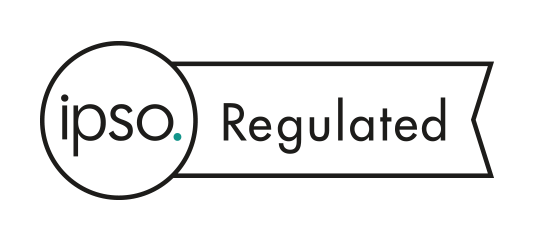Jaguar Land Rover has continued its recovery from the semiconductor chip shortage, reporting a 19% rise in wholesales (sales to dealers) compared with the previous quarter.
The firm wholesaled 94,649 vehicles between 1 January and 31 March 2023, a 24% increase on the volume recorded over the same period a year ago. This indicates a rebound in production volumes due to the gradual improvement in the supply of parts, including semiconductors.
The rise in production volumes meant JLR slimmed its order books from 215,000 at the end of December 2022 to 200,000 by 31 March 2023.
Nonetheless, retail sales for the quarter continued to outnumber wholesales, at 102,889 units – a 21% increase quarter on quarter and up 24% on the same period a year ago.
This trend is also true for the full year (ended 31 March 2023), as JLR recorded 354,662 retail sales (down 6% year on year) and 321,362 wholesales (up 9%).
The Range Rover, Range Rover Sport and Land Rover Defender continue to dominate the firm’s sales, collectively accounting for 76% of the order book.
![]()
Production of each model rose compared with the same quarter last year, with the Range Rover’s wholesales almost quadrupling to 19,603 units. The Defender’s Nitra, Slovakia, plant continued to operate a third shift, boosting its volume by 73.3%. Range Rover Sport wholesales increased by 3.1%.
Jaguar models lag far behind: the F-Pace SUV topped the brand’s wholesale charts, at 4387 units – less than the lowest-ranking Land Rover product, the Discovery (4721). The F-Pace was followed by the Magna-built I-Pace EV (1667) and the E-Pace crossover (14570. The Jaguar XE and XF saloons, plus the F-Type sports car, all recorded less than 1000 wholesales.
JLR has also reported preliminary results for cash flow: £800 million positive for the past quarter, and over £500 million positive for the full year. The news comes after JLR posted its first profitable quarter since 2020, in January, off the back of the Range Rovers and Defender trio – its “most profitable models”, according to an earlier statement.
Read more: Jaguar Land Rover posts first profitable quarter since 2020






Add your comment